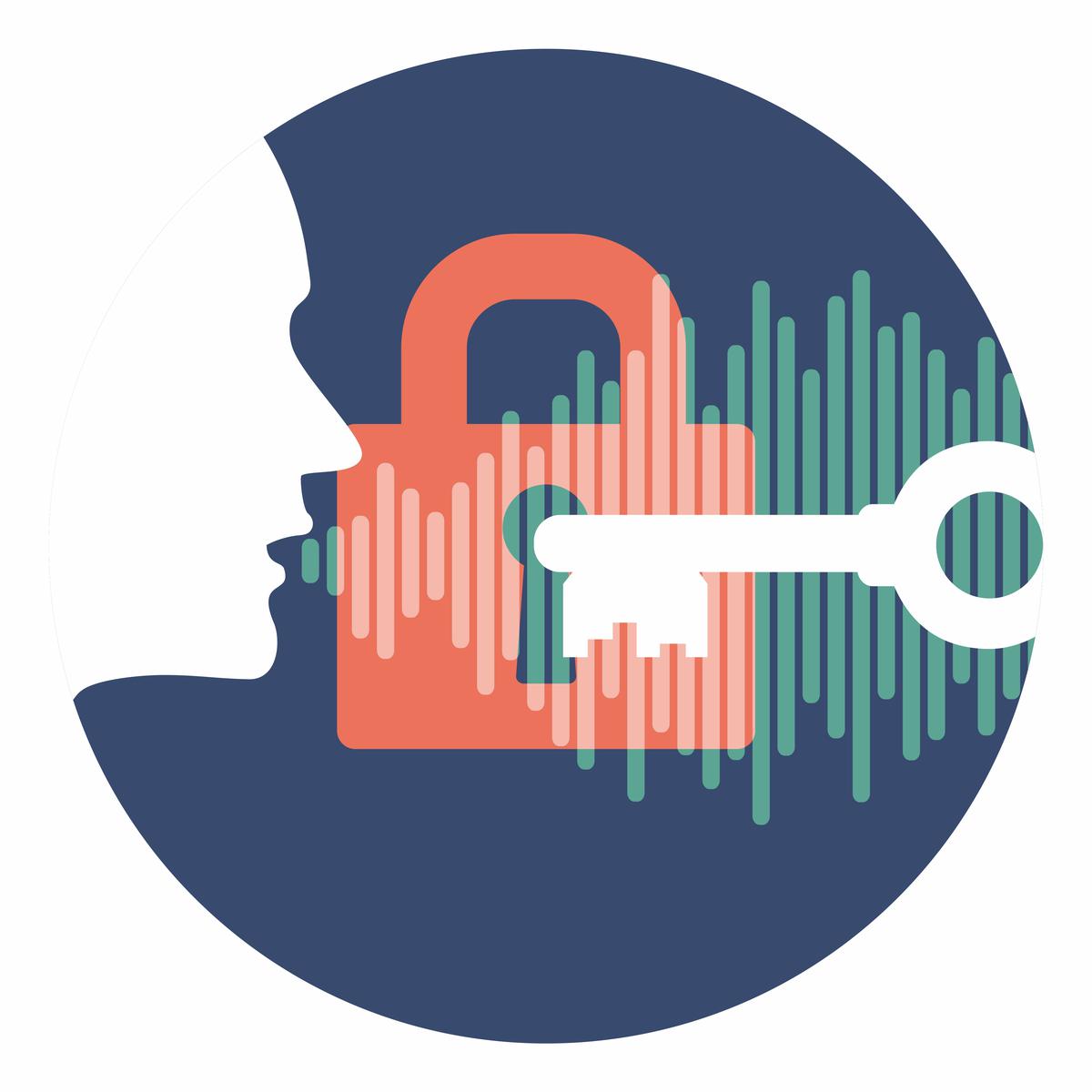Voice Technology to combat cyber-fraud
Context
-
With cyber frauds in India on the rise, voice biometrics technology can help financial institutions provide higher levels of protection for customers and data.
Key Facts
- According to data by the Reserve Bank of India, frauds have cost the country an estimated ₹100 crore a day over the last seven years.
- The frauds reported in 2021-22 were 23.69% higher than in the previous year (9,103 cases reported compared to 7,359 in 2020-21), although there was a decline in the amount involved.
Key Cause
- The main reasons for the rise in fraud include greater use of digital payments, telephone banking, and online banking services.
- Growing fraud also means rising losses for financial institutions and increasing cases for law enforcement to solve.
- The global adoption of smartphones has led to a dramatic increase in biometrics for security. However, these methods are cumbersome, not entirely secure, and vulnerable to deep fakes.

Photo Credit: Getty Images/iStockphoto
Way Forward: Voice Technology to combat cyber-fraud
- One way to reduce losses is by adopting Voice Technology (VT), which encompasses voice biometrics or voice/speech recognition technology.
- An emerging technology, it uses the unique characteristics of a person’s voice as identification. The technology creates a digital voiceprint and compares it to a caller’s voice.
- Voice authentication can significantly improve security over knowledge-based authentication methods, which fraudsters have exploited to scam people. Compared to other biometrics, voice use is the cheapest technology, and does not require a reader or special device. It is also non-invasive, portable and affords remote identification.
- Although banks have traditionally relied on the use of passwords, passwords are the weakest link in security (81% of hacking-related breaches involve weak passwords).
- Unlike a password, a customer’s voice is impossible to spoof or copy, and is far more challenging to hack.
- VT verifies a caller swiftly in seconds by analysing the caller’s voice and flags suspicious calls.
- VT allows privacy because it does not require users to reveal personal information.
- Voice biometrics can help financial institutions to ensure higher levels of protection for customers and employees.
- VT is an essential tool for forensics and law enforcement.
- By adopting VT, police in India can stand to gain tremendously, especially with the recent introduction of 5G.
- The police can leverage voice to improve investigation efficiency, identify criminals, track criminals, and better respond to and prevent crimes.
- Not surprisingly, voice is finding use from criminal background checks to airport security.
- Face recognition technology has a high error rate and works best when the person is looking directly at the camera. Voice has a much lower error rate, and requires no eye contact.
- Besides, in the context of fraud, the Government needs to develop a mechanism for proper coordination between financial institutions and the police to investigate and prosecute fraudsters, as a fraud deterrent, and to maintain an extensive database of such criminals.
- VT has the advantage of improving user experience, reducing call handle times and call centre costs, besides ensuring high-accuracy authentication in seconds.
- It also has the ability to resist playback attacks.
- The technology is sensitive enough to detect if someone is impersonating the user or playing a recording.
- It can identify even if the user has a cold or a sore throat.
- Voice could be an excellent tool for the Government to disburse money for various schemes and verify the proof of life of pensioners from their homes.
- Voice biometrics tech is making waves in the world of fraud protection by providing an extra layer of protection for data.
Conclusion
- Although the technology is not yet perfect, the potential benefits are significant.
- Once it is in place, user establishments can reap the benefits from a substantial reduction in fraud, making the technology an essential feature in the security toolkit of the future.
Source: TH
Visit Abhiyan PEDIA (One of the Most Followed / Recommended) for UPSC Revisions: Click Here
IAS Abhiyan is now on Telegram: Click on the Below link to Join our Channels to stay Updated
IAS Abhiyan Official: Click Here to Join
For UPSC Mains Value Edition (Facts, Quotes, Best Practices, Case Studies): Click Here to Join
